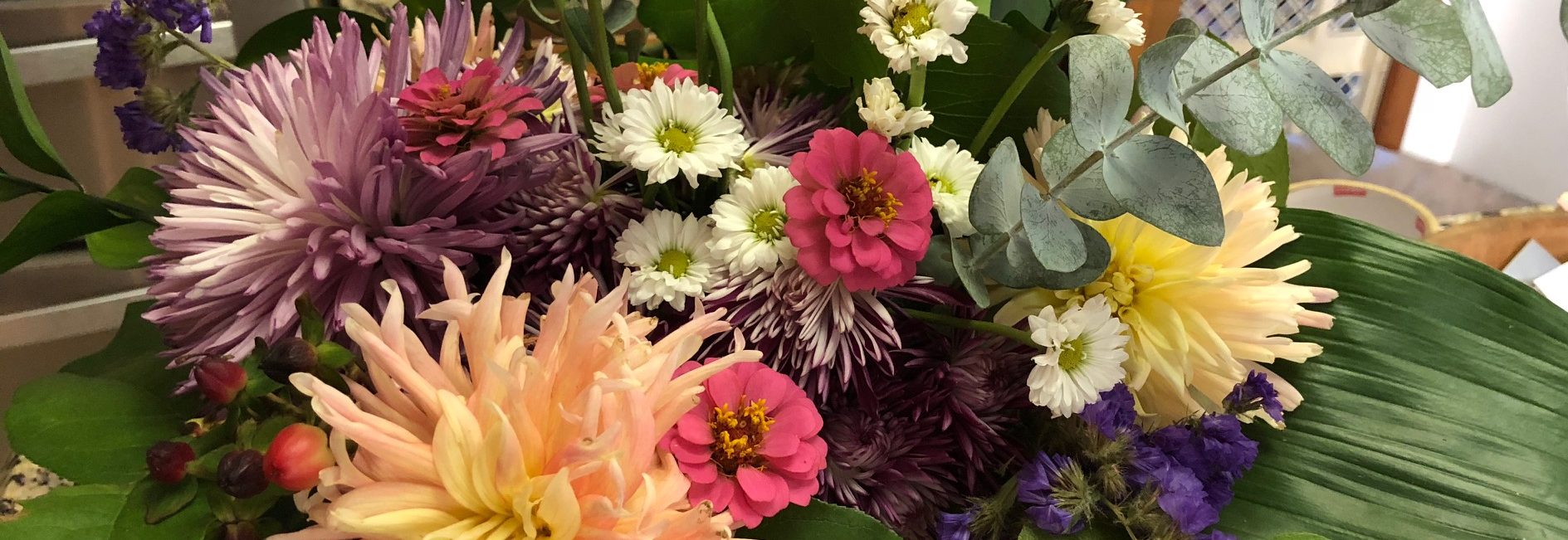A few weeks ago, the third grade class I was substituting in was learning about fairy tales, myth and fables. You might wonder why these should be taught. Aren’t these just entertainment for small children, and don’t they get enough of this genre from watching Disney? No. Students should study the folk element, the verbal history, the good versus evil and the mythical, royal or magical characters that do entertain, but also educate, children and adults. Many fables of Aesop, a storyteller of Ancient Greece and Rome, are also for adults, such as “The Frogs Who Desired A King”, while the “Town Mouse and the Country Mouse” and “The Tortoise and the Hare” have become common idioms to almost everyone.
But, back to fairy tales and myths…Characters can be people, such as royals, magicians, fairies or more ordinary people with special qualities like Paul Bunyan or a basketball star. There’s usually a villian, monster or witch to cause conflict and danger, because good vs. evil is both engaging and thought-provoking. Often the characters are animals, especially if the story’s message is sensitive or political, for who could become angry over a children’s animal story?
Of course, most fairy tales start with “Once upon a time” to engage the listener, followed by the setting. Setting is important! A classroom in the United States feels very different than a dormitory at Oxford University and extremely different from the solitary cottage bedroom of a small boy who can’t go to school because he’s always been too ill.

Once Upon A Wardrobe, by Patti Callihan, is full of stories, myth and legend. Megs, the much older sister of an eight-year-old boy, George, is a maths scholar at Somerville College, the only part of Oxford University open to “girls” in 1950. Megs is very close to George, who was born with a heart condition, so each weekend she comes home on the train to be with him in Worcester. George loves reading The Lion, The Witch and the Wardrobe, a new book by C. S. Lewis. George wants his sister to meet Mr. Lewis, an instructor at Magdalen College at Oxford to ask him, “Where does Narnia come from?”
C. S. Lewis lectured on medieval literature and poetry, subjects far from the calculus and algebra that interested Mags, yet she tried many ways to meet him and get the answer to George’s question. Without spoiling the story, it took a lot of effort, much of it amusing, for a young female to introduce herself to an older instructor at a college that did not admit females!
Once Upon A Wardrobe reveals many details of Lewis’ early life, but in the form of stories, not like a biography. Many of the Oxford Characters are the same as in Patti Callahan’s other recent book, Becoming Mrs. Lewis, a book about Lewis’ late-life courtship and marriage, which I enjoyed and recommend highly.
Once Upon A Wardrobe is full of unexpected developments that came from telling and retelling stories. Myth and legend, and yes, fairy stories were important to Lewis; he enjoyed writing his own mythical stories as a young boy. As a teenager, he enjoyed books of Edmund Spencer, such as The Fairie Queen, which I have not read, but apparently I should, and The Princess and The Goblin, which I stumbled upon in the school library while in fourth grade, loved dearly and went back for the whole series, which I reread at least once or twice. It was a thick and heavy book, with many chapters, but I remember not wanting others to know I was reading “princess” books, but it being very easy to hide the title on the spine!
Many children and adults have enjoyed the Hogwarts Series, full of myth and legend. It’s quite a watershed moment when a young reader can read and understand the Harry Potter books, and no one teases them about reading imaginary tales. These contemporary books are wonderful read aloud, to a class or in a family setting.
So what is the value of stories, myths and legends? Whether it’s the “Tortoise and Hare’s” lesson of “slow and steady wins the race”, the ability to imagine what happens next, or to learn good moral character from the struggle between good and evil in the Hogwarts series, storytelling, myth and legend stretch our minds and help us think.

Please, read me a story…

This is SO good, Patricia!! Great info about how important stories (and teachers) are to our kiddos!
LikeLiked by 1 person